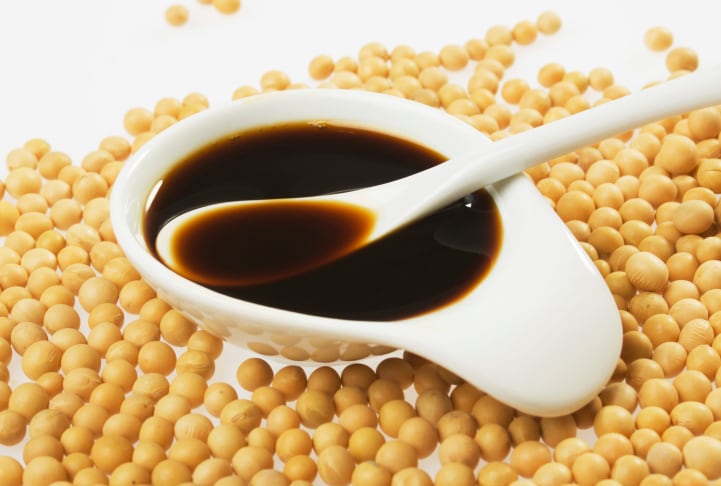Homemade Soy Sauce Recipe: Making It From Scratch Is Surprisingly Easy

A sumptuous plate of stir-fried noodles or a selection of tempting sushi, kissed by a rich, glossy drizzle. What’s the secret behind that magic touch? It’s the soy sauce. Soy sauce is a must in Asian cuisine. In today’s times, most Indian households also have a bottle of soy sauce stashed in the pantry to amp up their Chinese and other meals. But what if we told you that this umami powerhouse can be made right in your kitchen? Wouldn’t you want to enjoy fresh homemade sauces instead of store-bought ones? We already know your answer, that’s why dug up this recipe of soy sauce that you all would want to try.
What is soy sauce mainly used for?
Soy sauce is a table condiment that is used both as a garnish and a cooking ingredient. A splash of soy sauce can elevate sushi, bring depth to marinades, or add a final flourish to soups and stews. As a cooking ingredient, it helps churn out the perfect noodles, chicken chilli fry and other stir-fry dishes.
Also Read: High-Protein Diet: Make These Veg Soya Snacks That Taste Just Like Meat

Soya sauce can be easily made at home. Photo: iStock
What is soy sauce made of?
Soy sauce is the result of a two-fold fermentation process that transforms soybeans, wheat, salt and water into the delectable sauce that we love. With just a handful of ingredients, you can make preservative-free sauce at home with the right recipe. Making it is easy but takes months to develop. So plan ahead and be patient to reap the benefits of your efforts.
How To Make Soy Sauce At Home I Homemade Soy Sauce Recipe
- Preparing the Koji: Begin by steaming the soybeans until they’re soft. Once cooled, mix the beans with the wheat flour to form a dough. Shape this mixture into small cakes and let them ferment for a couple of days in a warm, humid environment. This process cultivates koji – a starter that’s a key player in the fermentation process.
- Brewing the Mash: Take the koji cakes and mix them with water to create a mash. Allow this mixture to ferment for a week or two. The enzymes break down proteins and starch to develop flavours.
- Adding Salt and Aged Fermentation: After the initial fermentation, strain the mash through cheesecloth or a fine mesh strainer, collecting the liquid – this is your base. Heat the liquid, dissolving sea salt to create a brine. Let this brine cool before returning it to the mash. Allow this mix to age for several months, during which the flavours continue to evolve and deepen.
- The Grand Finale: Strain the final mixture once more, removing any solids. You’re now left with a liquid that embodies the essence of soy sauce. Bottle it up, and let it age for a few more months to mellow and meld before indulging.
Click here for the step-by-step recipe for homemade soy sauce.
One of the most thrilling aspects of crafting soy sauce at home is the ability to customise flavours to your heart’s desire. Adjust the amount of wheat for a lighter or darker colour, vary the fermentation times for nuanced depths of flavour, or even experiment with different types of salt for a unique twist.








